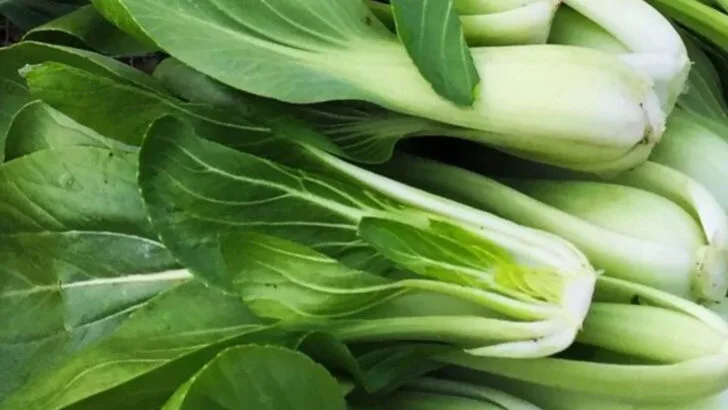Growing your own vegetables is rewarding—but waiting weeks (or months) for a harvest can feel like watching paint dry. Luckily, you don’t have to settle for slow. With a few smart tweaks, you can dramatically speed up the way your veggies grow—without compromising on quality or taste.
In this article, we’re revealing 15 vegetables that respond incredibly well to simple growing hacks. Think quick-sprouting greens, root veggies that thrive in raised beds, and climate tricks that shave days—or even weeks—off your harvest timeline. Whether you’re working with a full garden or just a few pots on the balcony, these tips can double your speed and boost your yield.
At Plantisima, we’re all about getting more from your plants with less stress. Whether you’re a beginner or a seasoned gardener, these fast-growing veggie strategies are your shortcut to quicker, healthier, and tastier results—starting now.
Radishes
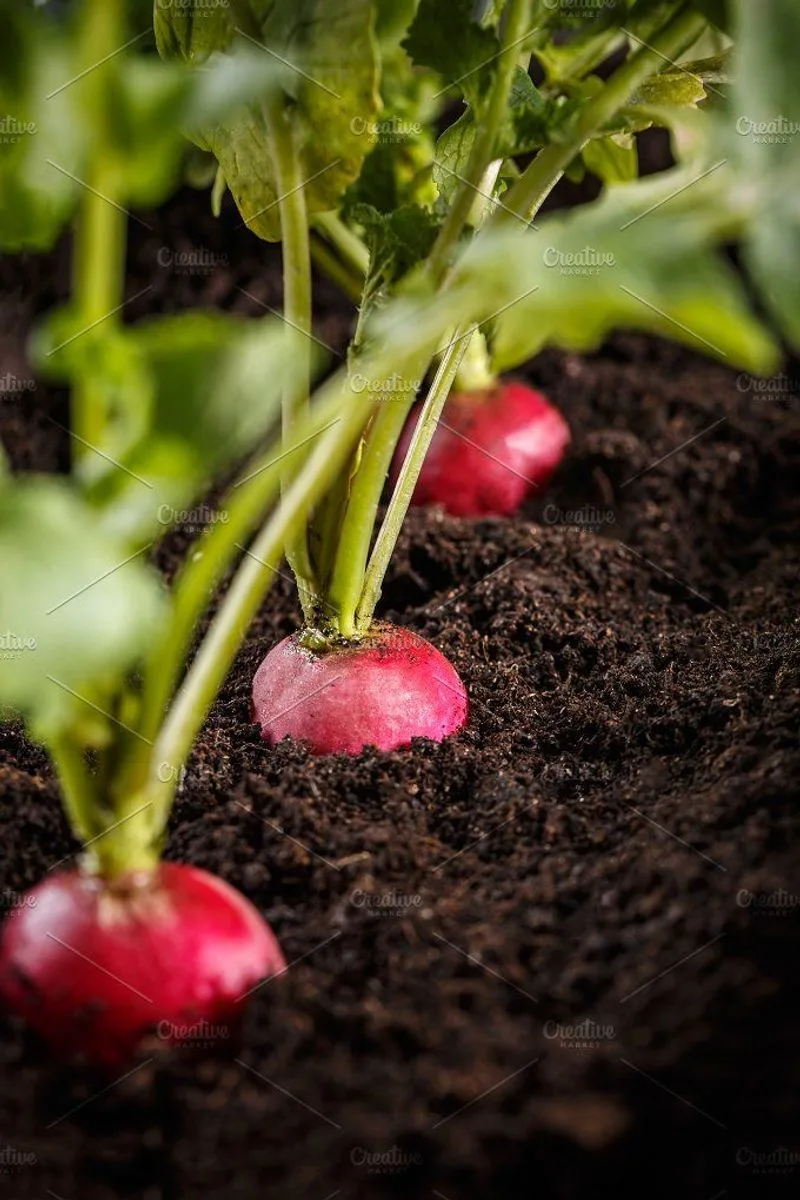
Radishes spring to life with a zest that defies their small size. By using a deep watering method, moisture reaches the roots efficiently, accelerating growth. Pair this with full sun exposure for the ultimate growth spurt. Ensure the soil is loose and well-draining to prevent any slow-downs. A quick tip? Plant every two weeks for a continuous harvest. Known for their peppery kick, radishes thrive in cool seasons. Did you know? They were popular in ancient Egypt. Their fast maturity makes them a favorite among gardeners eager for quick results.
Lettuce
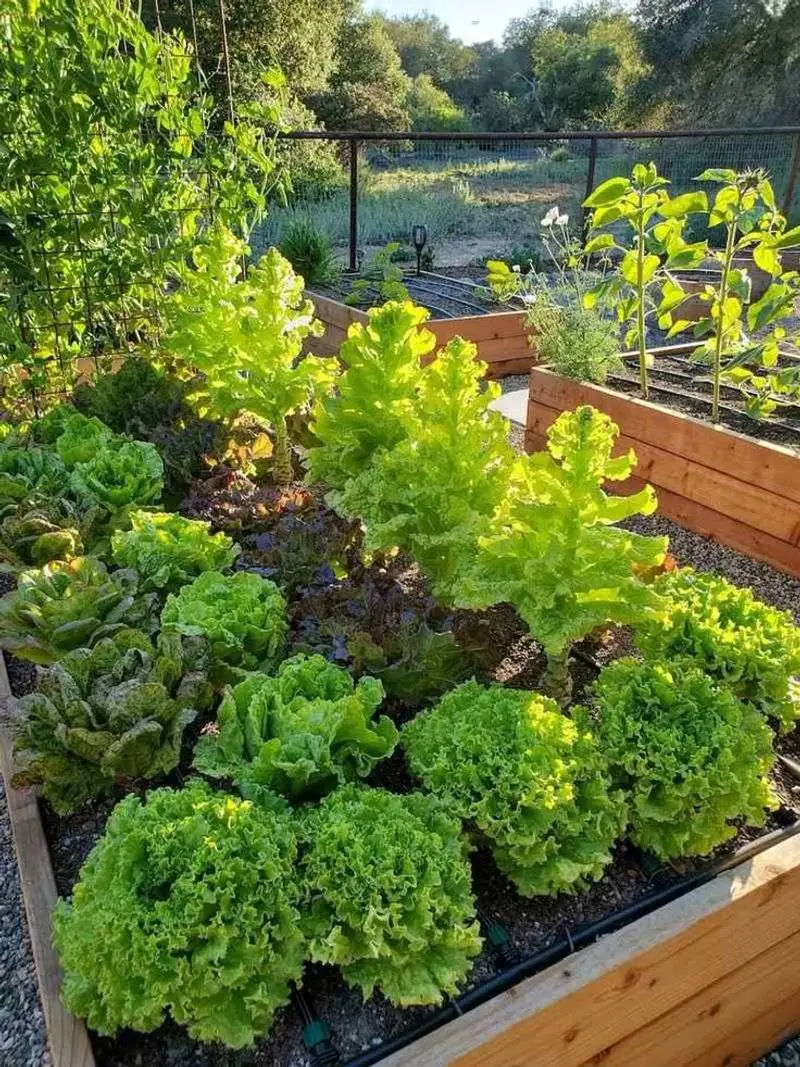
Lettuce loves a cool, breezy environment to showcase its crisp, tender leaves. Using a shade cloth during hot afternoons can keep it thriving all season long. Watering in the early morning ensures moisture is locked in before the sun gets fierce. A fun fact: Thomas Jefferson grew 19 varieties of lettuce in his garden. This leafy delight can be harvested leaf by leaf, allowing continuous growth. Ensuring plenty of space between plants helps air flow, reducing the risk of disease and promoting faster growth.
Spinach
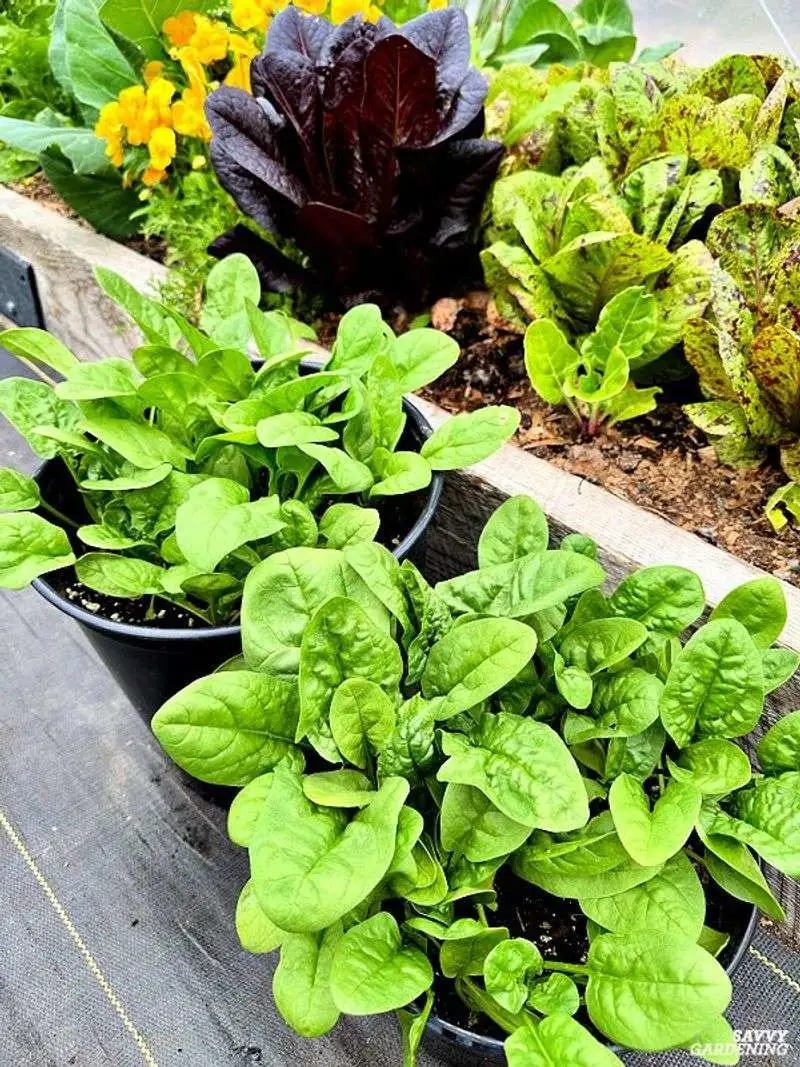
Spinach rewards the patient gardener with rapid growth when given the right conditions. Start by planting in nitrogen-rich soil to boost leaf production. Regular harvesting of outer leaves encourages new growth, keeping plants productive. Cooler temperatures and consistent moisture are keys to success. Fun fact: Spinach was Popeye’s secret to strength! This powerhouse of nutrients is excellent in salads and cooking, and its quick growth makes it ideal for those impatient for greens.
Carrots
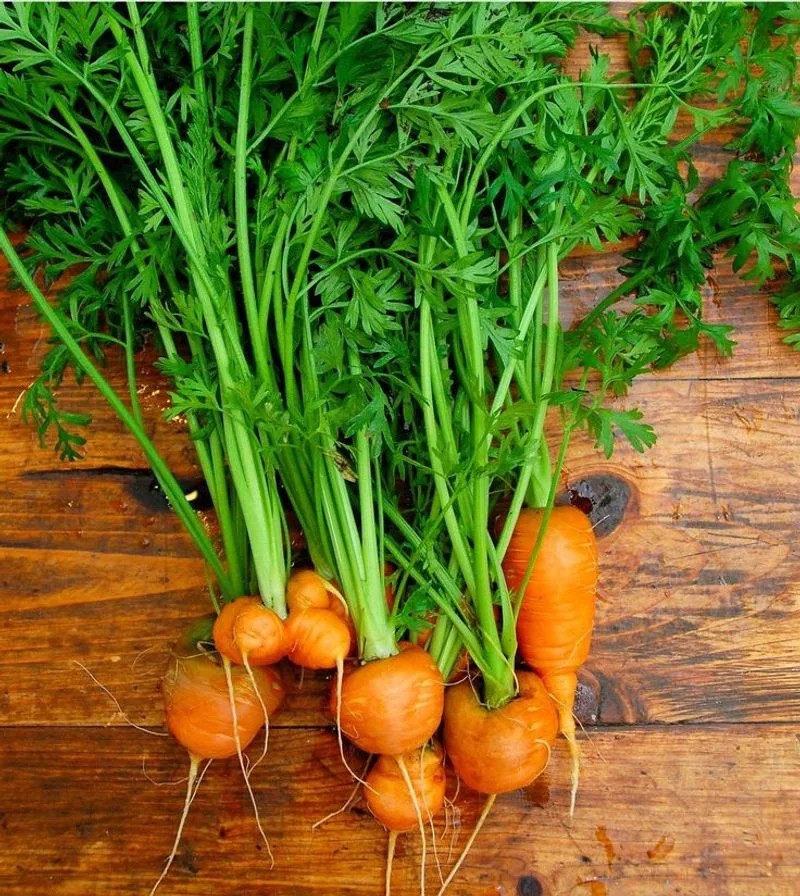
Carrots, often underestimated, hide their growth beneath the soil. Using sandy, loose soil is crucial for root expansion without resistance. Regular thinning of seedlings ensures each carrot has ample room to grow larger and faster. Keeping the soil consistently moist prevents cracking. They’re more than just a snack for Bugs Bunny; carrots are rich in beta-carotene and offer a sweet crunch. Remember, patience is key as the real magic happens underground.
Cucumbers
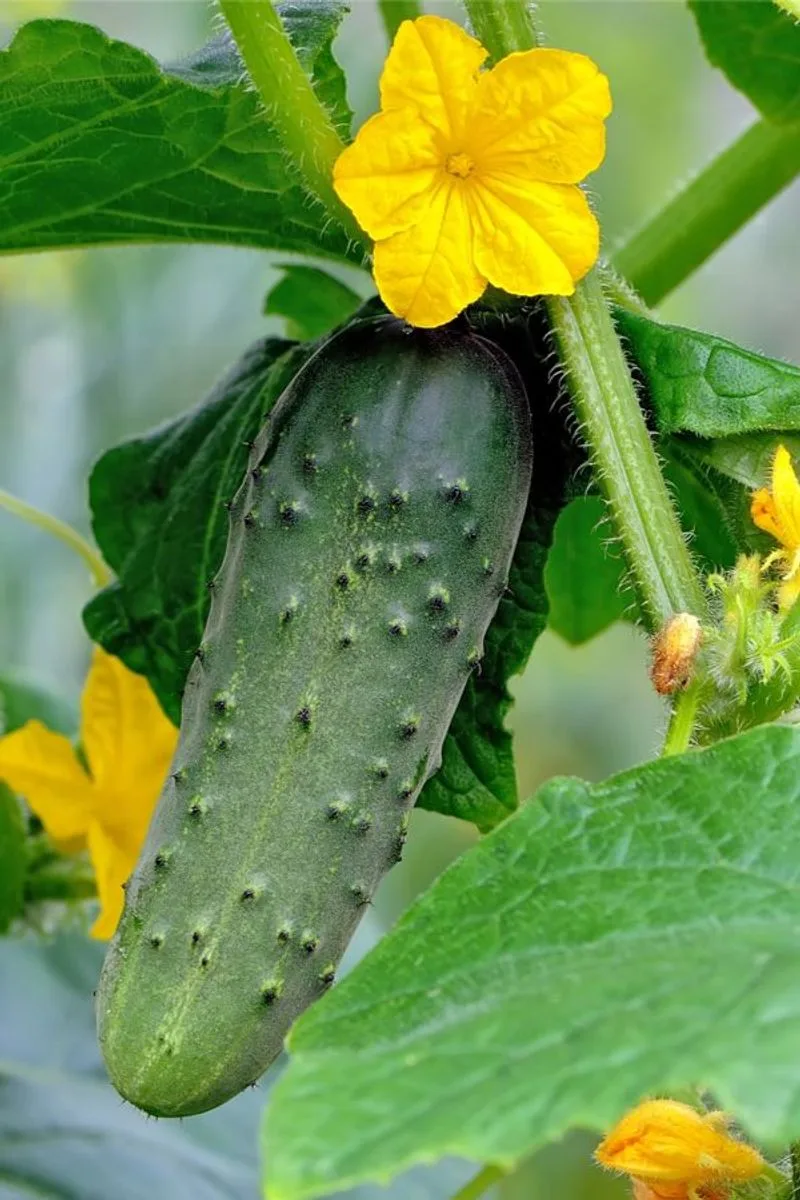
Cucumbers thrive with a little vertical encouragement. Training them to climb a trellis maximizes space and increases air circulation, reducing disease risk. Consistent watering and a generous helping of compost ensure they grow robustly. These green wonders are perfect for pickling or fresh salads. Interestingly, cucumbers are 95% water, making them a refreshing addition to any meal. Keep an eye out for pests, and remember to harvest regularly for the best results.
Zucchini
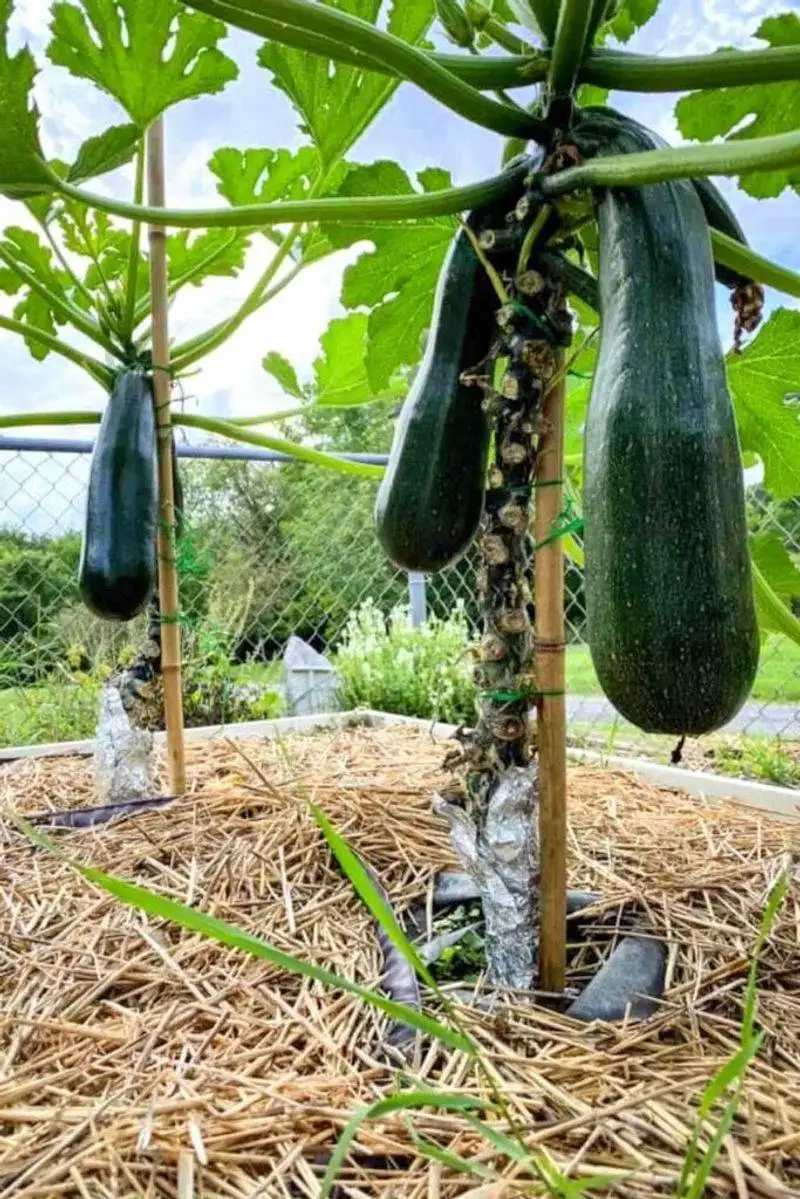
Zucchini is the overachiever of the vegetable world. With ample sun and rich soil, these plants produce fruit rapidly. Companion planting with marigolds can deter pests naturally. Harvest when fruits are young for the best flavor and continuous production. Did you know? Zucchini flowers are edible and a delicacy in some cuisines. Regular picking encourages plants to keep producing, so be prepared for a bountiful harvest that seems to multiply overnight.
Green Beans
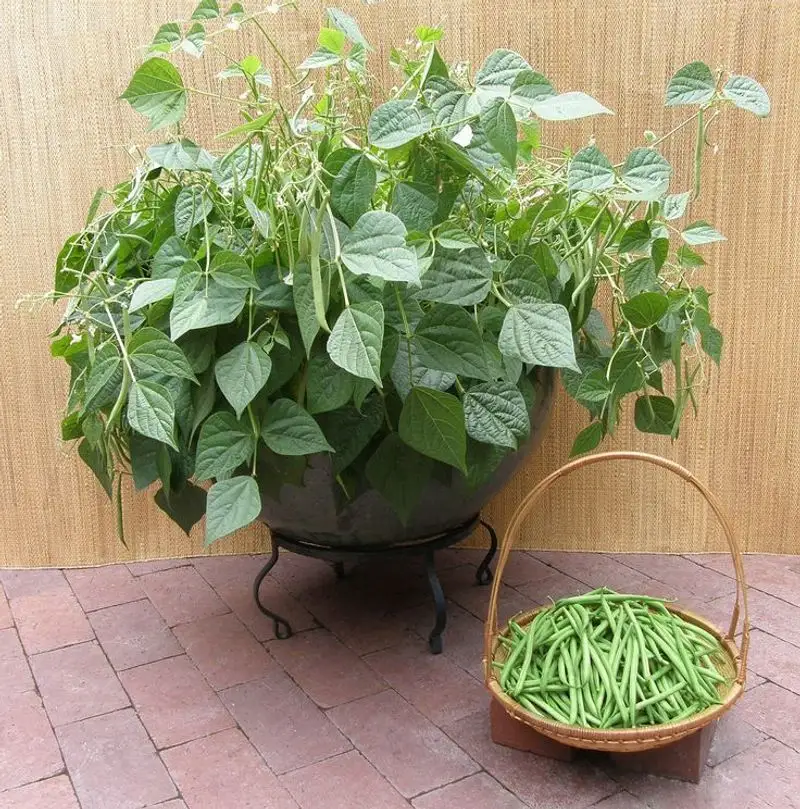
Green beans are nature’s climbers, eager to ascend towards the sun. A sturdy support system, like a trellis or poles, is essential for optimal growth. Plant in well-draining soil and water deeply but infrequently. A fascinating tidbit: they were a staple food for Native Americans. Regular picking encourages new pods, ensuring a steady supply. Enjoy them fresh, steamed, or in a classic casserole, appreciating the speed at which they grow from seed to plate.
Peas
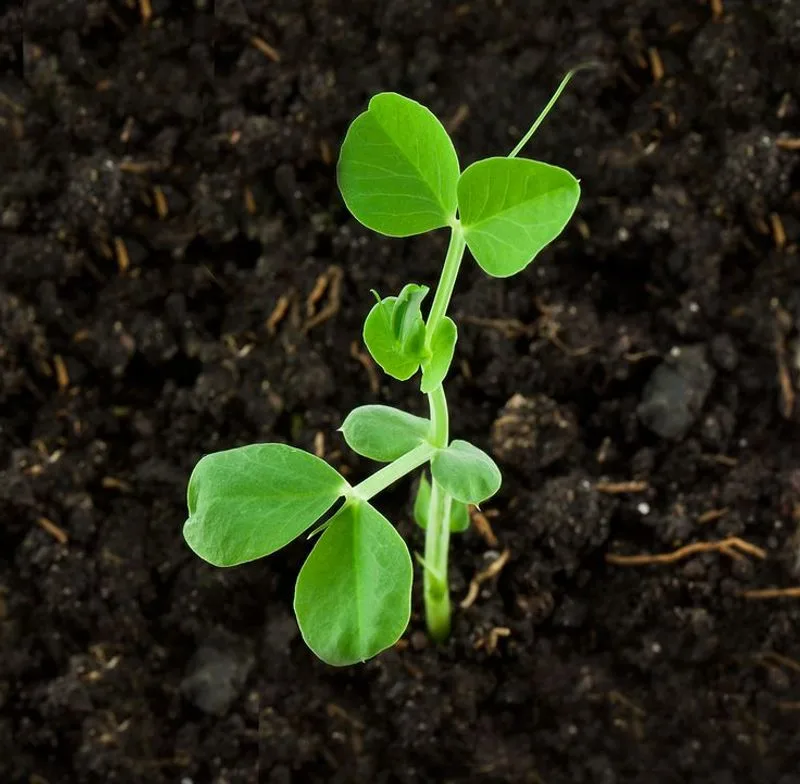
Peas, with their delicate tendrils, weave a tapestry of green in your garden. Planting in early spring ensures they enjoy cooler weather, which they love. A trellis provides support and keeps pods off the ground, promoting healthier plants. Did you know? Peas were once considered an exotic delicacy by the French aristocracy. Harvest regularly to encourage more blooms and pods. Whether shelling peas or sugar snaps, their sweetness is a garden treat worth the wait.
Kale
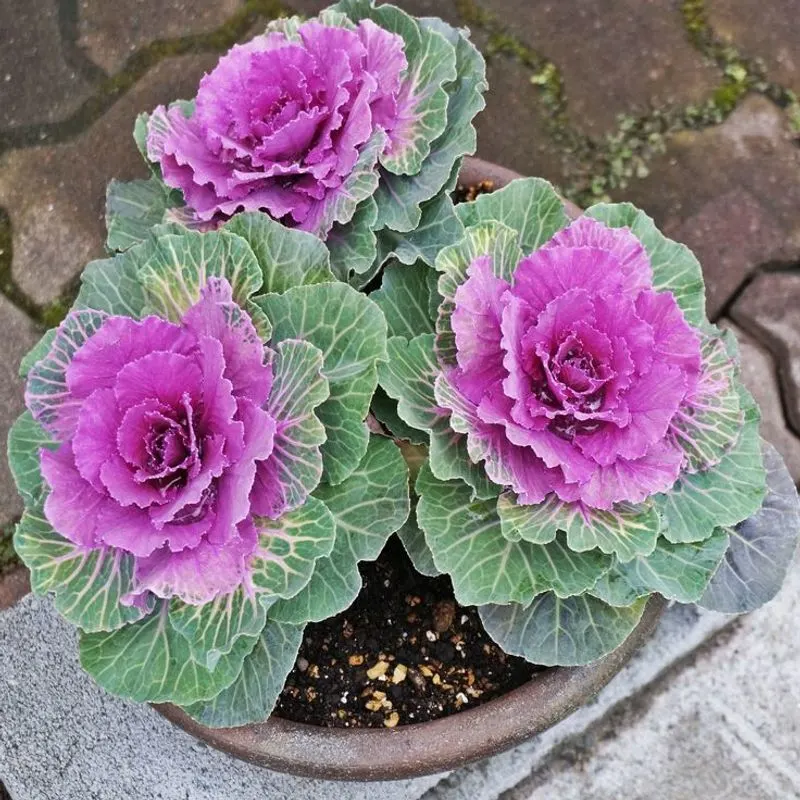
Kale, a nutritional powerhouse, thrives with little fuss. Cooler temperatures enhance its flavor, so early planting or late-season sowing is ideal. Keep the soil rich with organic matter, and water consistently for steady growth. Interestingly, kale has been cultivated for over 2,000 years. Pick outer leaves regularly to allow new growth. Whether in smoothies or salads, its robust texture and earthy taste make it a favorite among health enthusiasts.
Beets
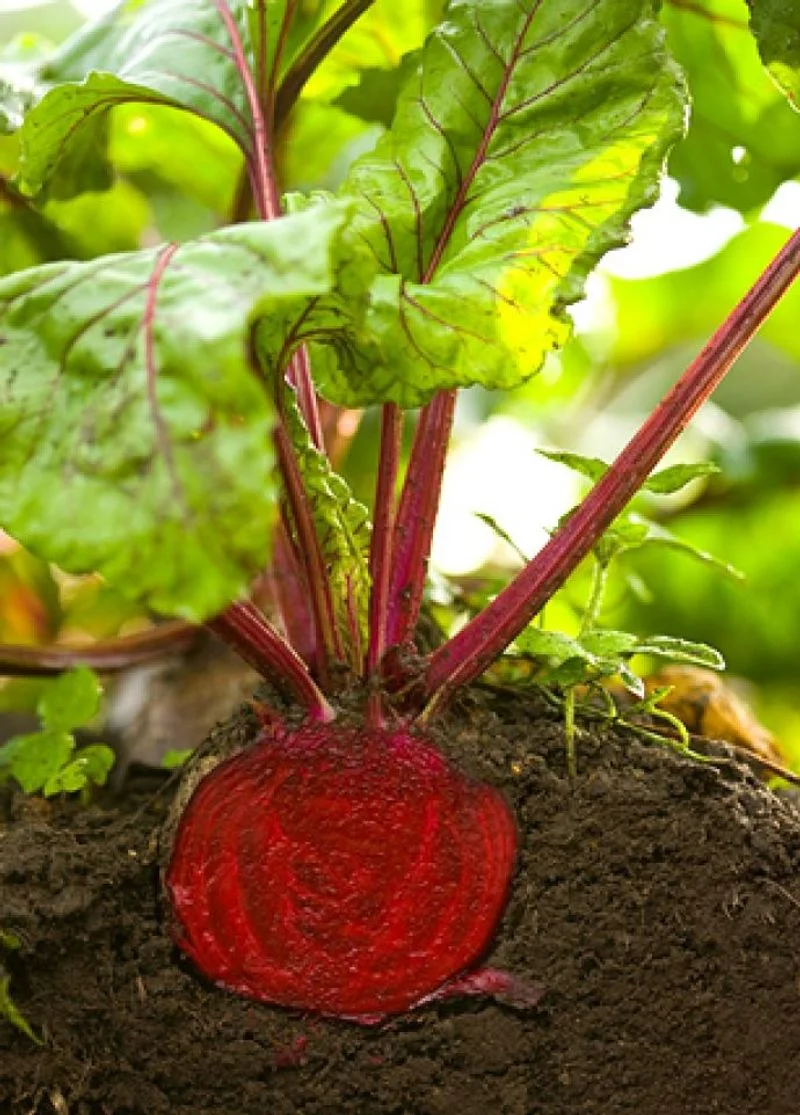
Beets offer a double bounty: edible greens and vibrant roots. Plant in well-draining soil and ensure consistent moisture for even growth. Thinning seedlings allows roots to expand without competition. A historical note: beets were grown by the ancient Romans for their sweetness. Harvest greens early for salads and let roots mature fully for roasting. Their striking color and earthy taste make them a unique addition to any dish, while their growth pace keeps gardeners happy.
Arugula
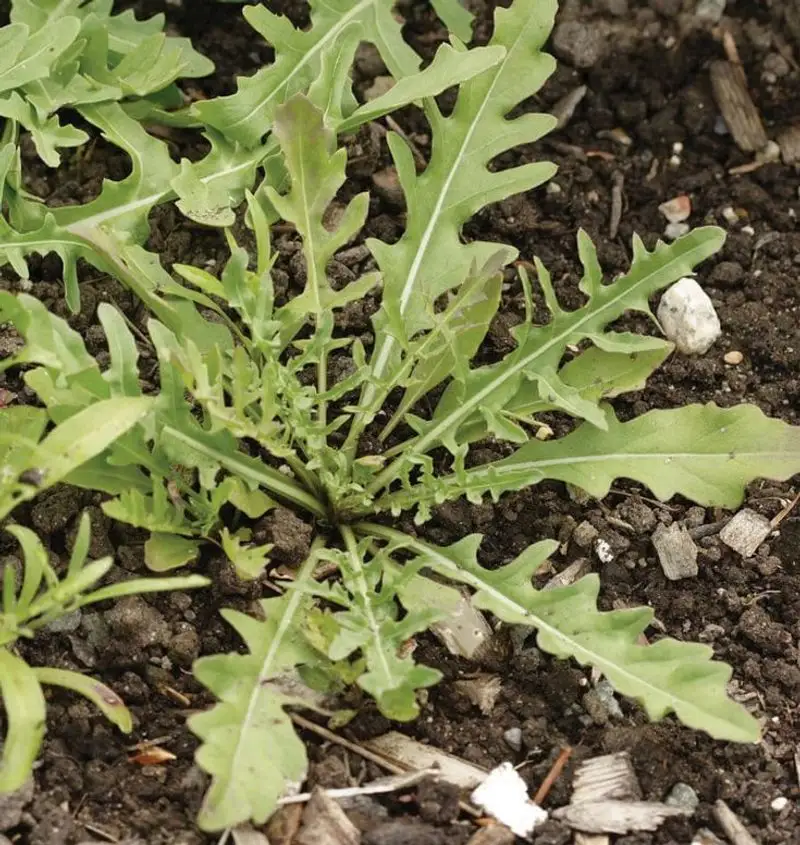
Arugula offers a peppery punch that’s hard to resist. Quick to germinate, it thrives in cooler weather and can be sown successively for continuous yield. This leafy green prefers partial shade during hot months to prevent bolting. Did you know? Arugula was once considered an aphrodisiac in ancient Rome. Harvesting young leaves ensures a tender texture and robust flavor. Whether in salads or as a pizza topping, its quick growth and distinct taste make it a garden star.
Bok Choy
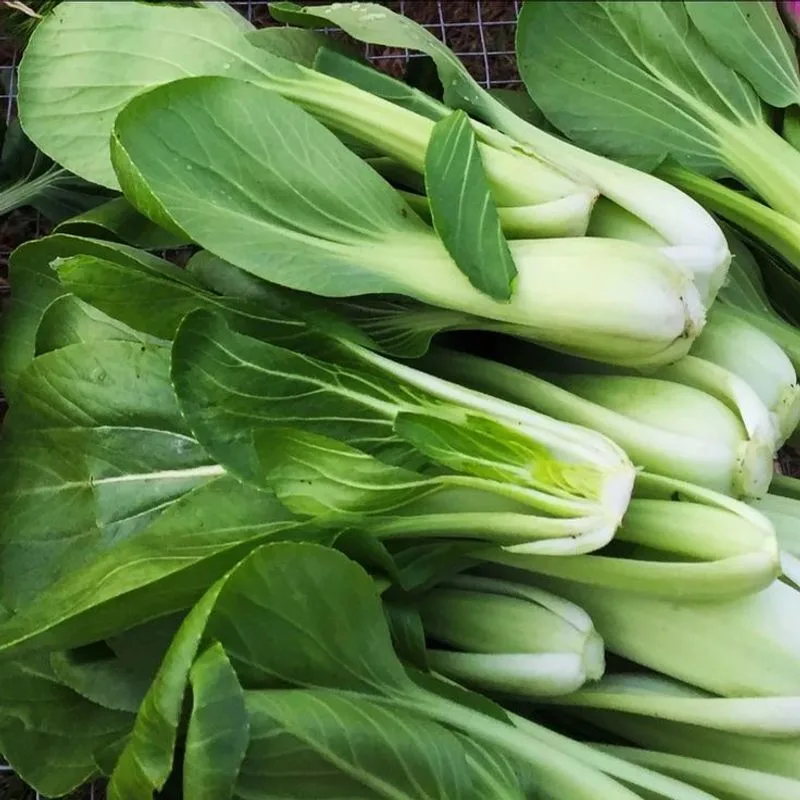
Bok choy, with its crisp texture, grows swiftly in cooler climates. Providing consistent moisture and partial shade during hot afternoons ensures rapid development. Stagger planting every few weeks for a continuous supply. Interestingly, this vegetable has been cultivated in China for over 1,500 years. Its mild flavor is perfect for stir-fries and soups. Keep an eye out for cabbage worms, and enjoy the rewarding experience of growing this versatile veggie.
Turnips
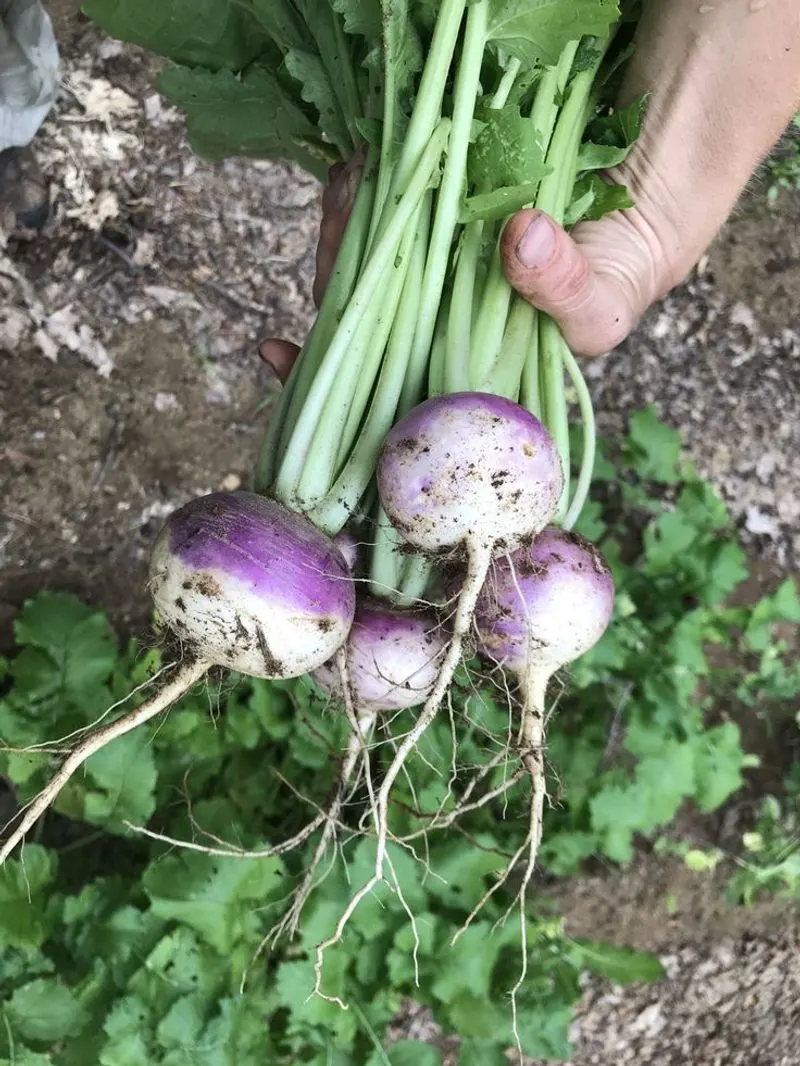
Turnips, often overshadowed, prove their worth with swift and steady growth. Plant in cool weather for the best results, as they prefer it crisp and mild. Consistent watering and spacing help roots develop smoothly. A historical tidbit: turnips were a staple before potatoes became widespread in Europe. Harvest greens early for tender salads, letting roots mature underground. Their slightly sweet flavor and crunchy texture bring diversity to any meal, while their growth speed satisfies eager gardeners.
Swiss Chard
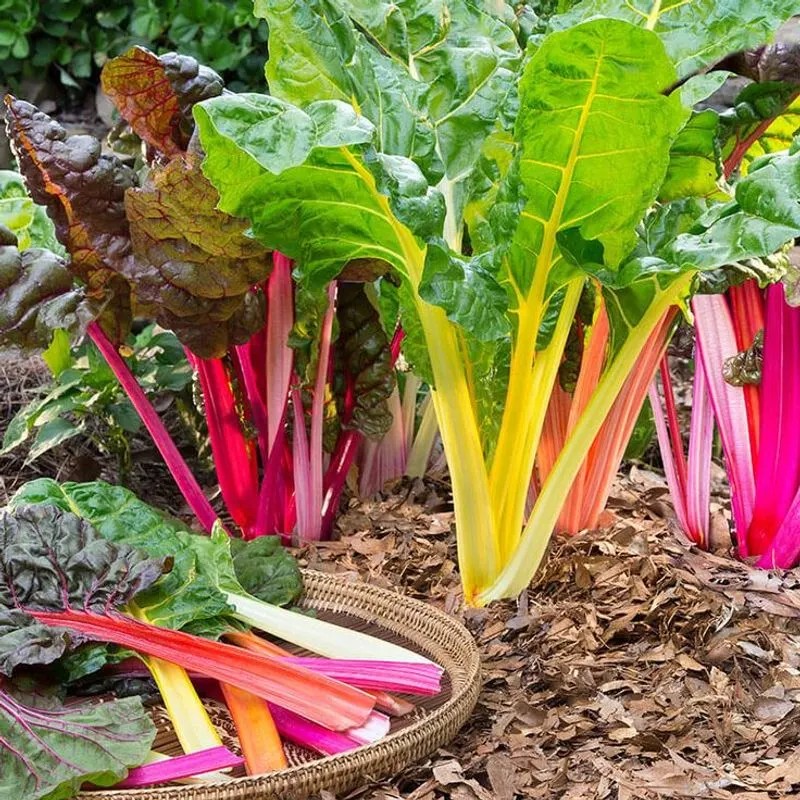
Swiss chard stands out with its vibrant stems and lush leaves. Plant in well-draining soil and provide regular watering to keep it thriving. Harvesting outer leaves promotes continuous growth. Fun fact: it’s a close relative of the beet, sharing its earthy flavor. Whether sautéed or raw, Swiss chard offers a visual and nutritional feast. Its rapid growth cycle makes it a favorite for those looking to add a splash of color to their garden plates.
Broccoli
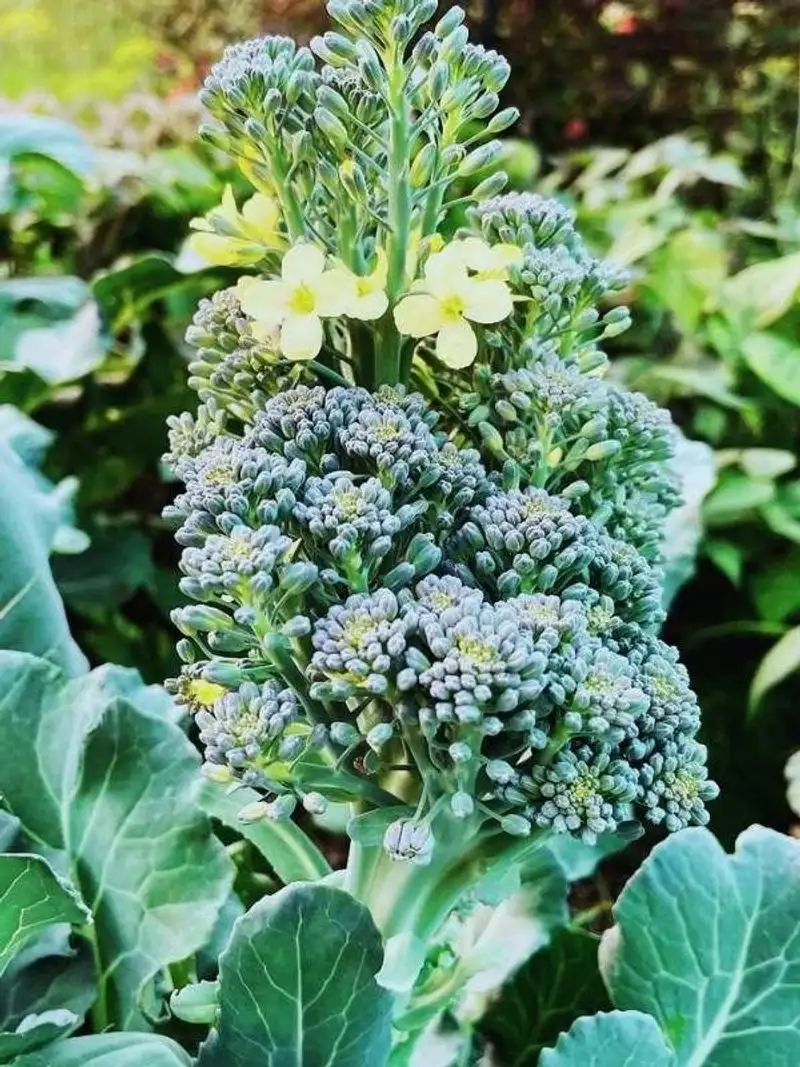
Broccoli, with its nutrient-packed florets, grows best in cooler temperatures. Rich soil and consistent moisture are key to its fast development. Regularly cutting the main head sparks side shoots, extending the harvest. Did you know? Broccoli was cultivated in Italy as far back as the Roman Empire. Its slightly bitter taste mellows with cooking, making it a versatile addition to numerous dishes. Watching it grow from seedling to hearty plant is a gardener’s delight.

